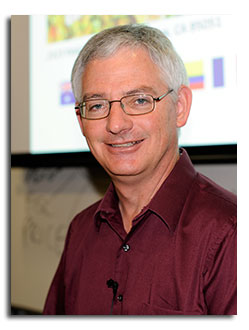
Abstract
Design of Experiments (DoE) claims to squeeze much more information from a limited series of experiments than is possible by uniformly exploring the parameter space of interest, especially in the presence of uncontrolled variability. The theory behind this advantage assumes that the measurable results depend on the experimental factors in a smoothly continuous manner and that the uncontrolled influences obey the normal probability distribution.
In reality, an experiment conducted in an early-stage investigation often spans a parameter space that includes unexpected "cliffs", and experiments conducted in late-stage optimisation often involve probability distributions that are asymmetrical due to bumping up against physical limits. Simulating the outcome of designed experiments in both of these regimes illustrates both the benefits and limits of DoE in the presence of these non-ideal effects.
Click here to see all available video seminars.
Click here to go to the SPREE HOMEPAGE.
Brief Bio
Paul Basore’s twenty-five years in photovoltaics have spanned university, government and industrial positions across three continents. Since receiving his PhD in electrical engineering from MIT thirty years ago, he has managed the establishment of five PV R&D facilities. The first of these, at Sandia National Labs in Albuquerque, set the world record for multicrystalline-silicon module efficiency, a mark that was not eclipsed until 15 years later. His next facility was the pilot line for Pacific Solar in Sydney, which led to the establishment of the CSG Solar factory in Germany, where he was the founding CTO.
After moving to the San Francisco Bay Area in 2007, Paul established a PV R&D lab for the Renewable Energy Corporation of Norway, and this year he completed the establishment of a PV R&D lab for Hanwha, a large and diverse Korean company that is also one of the world's top-ten PV manufacturers. In his spare time, Paul has developed some useful software, including PC1D and PC2D.
